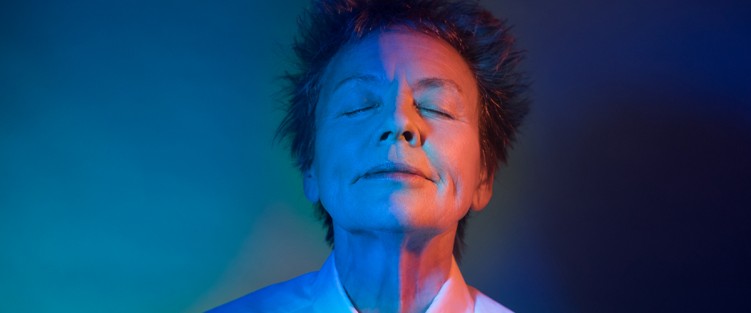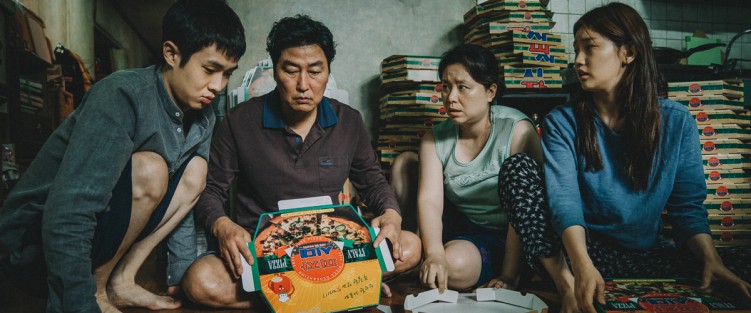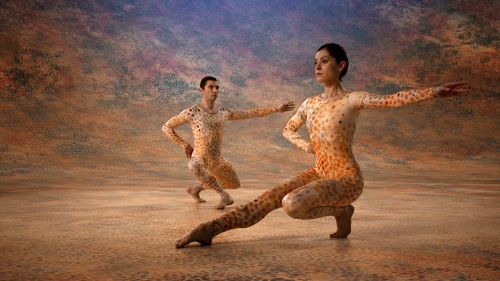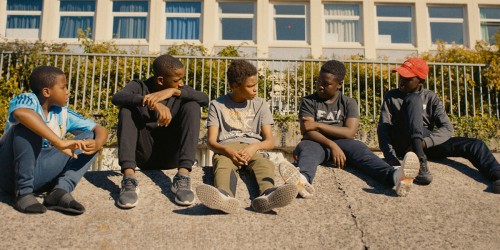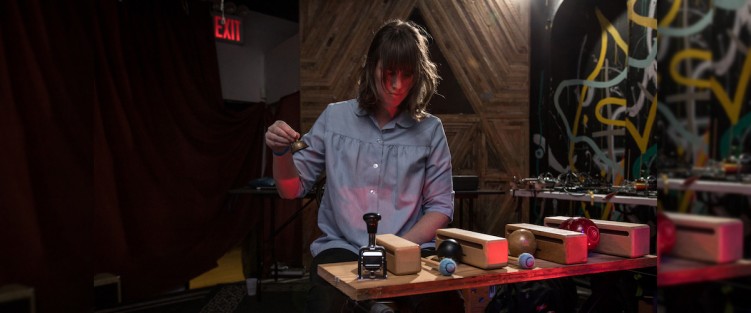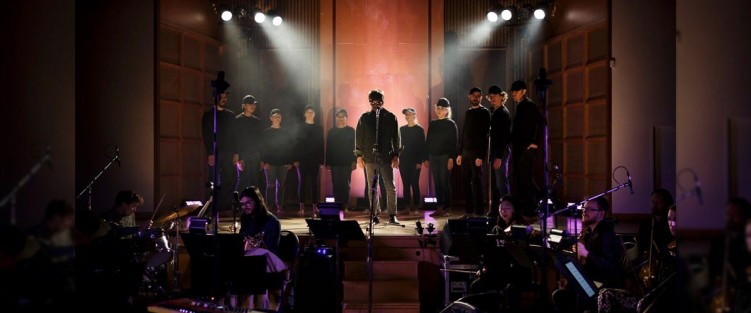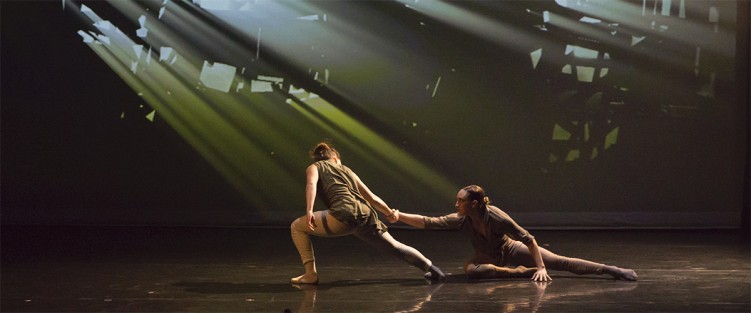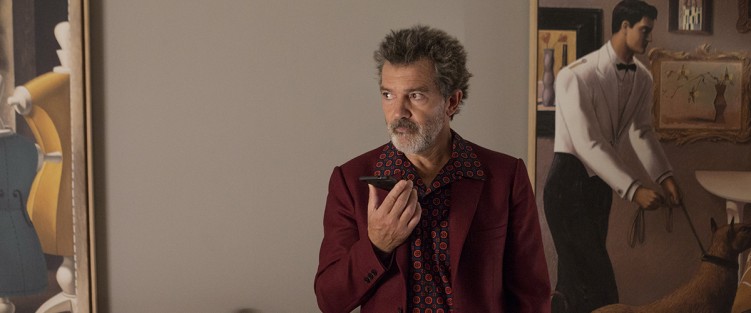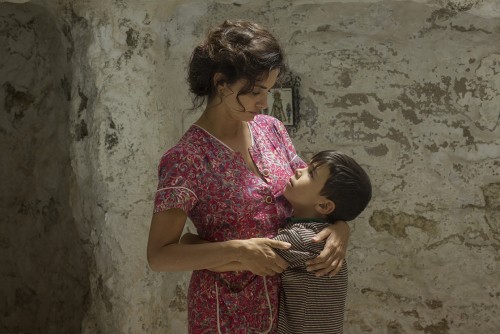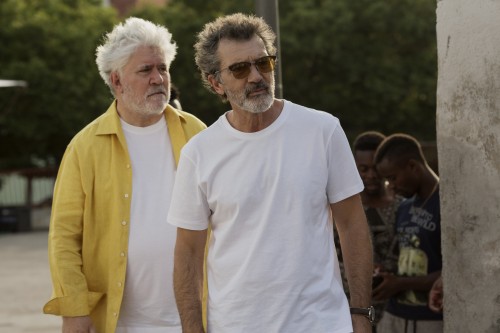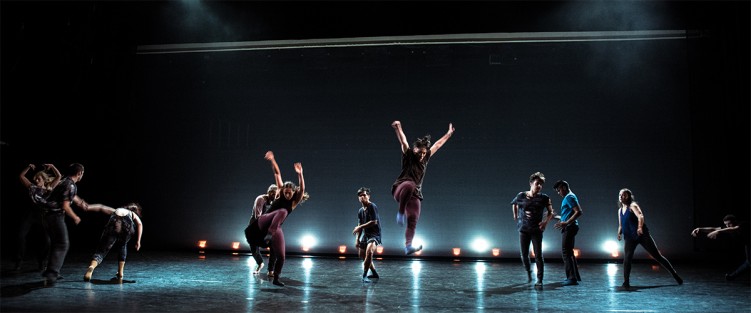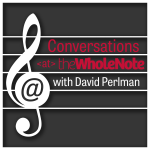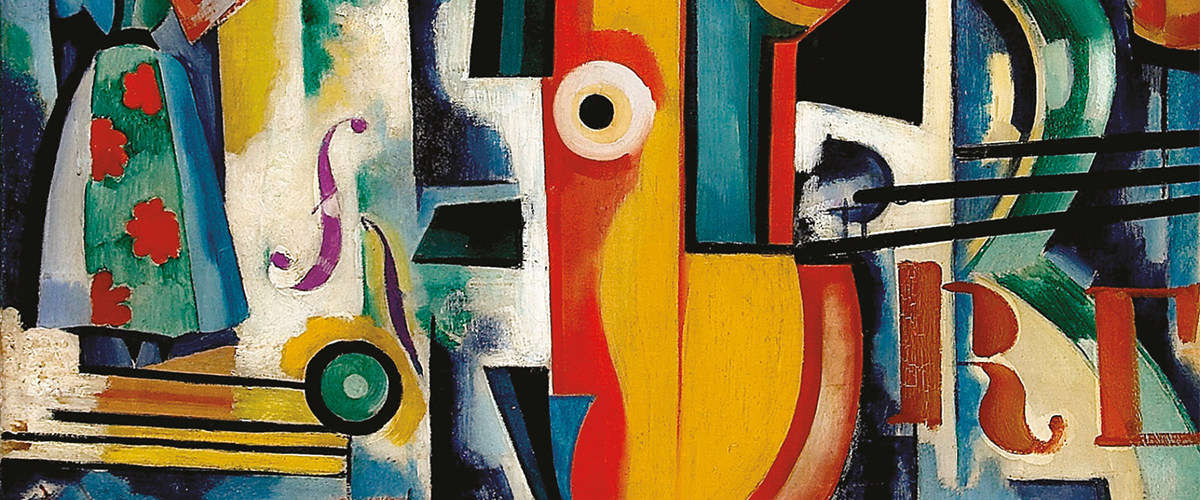
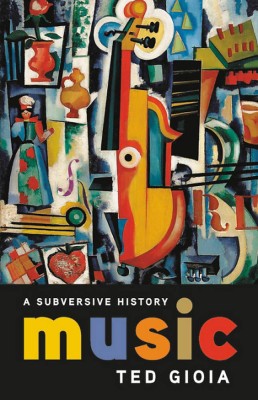 What if true innovation always comes from the outsider, the marginal and the underdog? Prominent American arts journalist and music historian Ted Gioia took this idea for a walk across the centuries in his new book Music: A Subversive History (Basic Books, 2019) and found a lot of evidence for it: musical progression toward new art forms and styles of expression is often pushed from the outside of the mainstream – slaves, foreigners, the underclass, the second sex, the precariat. New ideas become mainstream when the upper classes and musical gatekeepers adopt them too. A Subversive History however, at 487 pages without the index, is much more than its main thesis: it’s a history of human song from the Paleolithic era till the current era of our digital overlords, and a detailed look at the socio-economics of music-making – who earned what working for whom, with what degree of autonomy. Once the chronology reaches ragtime and jazz, the book becomes almost exclusively American in focus, but no matter: the rest of us can use the final chapters to compare and contrast local musical developments with American pop-culture dominance. Ted Gioia and I corresponded over email as 2019 was drawing to a close.
What if true innovation always comes from the outsider, the marginal and the underdog? Prominent American arts journalist and music historian Ted Gioia took this idea for a walk across the centuries in his new book Music: A Subversive History (Basic Books, 2019) and found a lot of evidence for it: musical progression toward new art forms and styles of expression is often pushed from the outside of the mainstream – slaves, foreigners, the underclass, the second sex, the precariat. New ideas become mainstream when the upper classes and musical gatekeepers adopt them too. A Subversive History however, at 487 pages without the index, is much more than its main thesis: it’s a history of human song from the Paleolithic era till the current era of our digital overlords, and a detailed look at the socio-economics of music-making – who earned what working for whom, with what degree of autonomy. Once the chronology reaches ragtime and jazz, the book becomes almost exclusively American in focus, but no matter: the rest of us can use the final chapters to compare and contrast local musical developments with American pop-culture dominance. Ted Gioia and I corresponded over email as 2019 was drawing to a close.
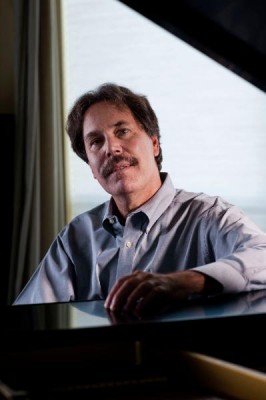 WN: Why, do you think, do many musicologists avoid taking cross-cultural research on any musical phenomenon, and seem to be terrified of adopting a planetary, universal POV, like you do? The kind of (frankly, refreshing) view that you take when you look at similarities between, say, shamanistic practices in distinct cultures, similarities between myths that appear in distant territories at around the same time, musical forms that persist in very different circumstances. To prove your main thesis, that it’s the outsider, the exploited, the subaltern that brings about musical innovation – you look across cultures.
WN: Why, do you think, do many musicologists avoid taking cross-cultural research on any musical phenomenon, and seem to be terrified of adopting a planetary, universal POV, like you do? The kind of (frankly, refreshing) view that you take when you look at similarities between, say, shamanistic practices in distinct cultures, similarities between myths that appear in distant territories at around the same time, musical forms that persist in very different circumstances. To prove your main thesis, that it’s the outsider, the exploited, the subaltern that brings about musical innovation – you look across cultures.
TG: A huge divide now separates most musicologists from almost everyone else researching the role of music in human life. On the one hand, we have neuroscientists, cognitive psychologists, evolutionary biologists and other researchers publishing persuasive and detailed evidence of universals in music. In the other camp, old-school music professors are holding on to a very different worldview in which musical cultures exist in isolation, incommensurable and resisting cross-cultural analysis.
You ask why this is taking place. I see three reasons. First, the growing specialization in all academic disciplines makes it harder and harder for scholars to take a truly cross-cultural and multidisciplinary approach to studying music. I’ve tried to do this, but as you probably know it took decades of research on my part before I could navigate through these issues with any degree of comfort and expertise. Music: A Subversive History builds on more than 25 years of research – and that process could not have been accelerated, given the complexity of the issues at play.
The second reason for this narrowing of focus in musicology is the problem of groupthink—an unwillingness to challenge embedded ideas even when they no longer possess explanatory power. Every field suffers, to some extent, from groupthink, even musicologists.
The third cause for this close-mindedness is a historical legacy. There was a day in the early and middle decades of the last century when the study of musical cultures benefited from an isolationist perspective. When addressing a musical genre or practice that had never been studied by academics before, a narrow focus on the specifics at hand was probably justified. But when that narrowness becomes an ideological mandate, and close-minded academics start claiming that individual communities do not participate in the larger human musical experience, we have reached a dysfunctional point. It seems as if these smaller communities are being othered and marginalized by experts who should be opening up connections rather than shutting them down.
WN: Practical ‘management’ of work/hunt, communication with the world of the spirit and animal, group cohesion, unity before enemy: the early song, you remind us, performed all those functions. Today, the song is very different – most often an expression of inner states and feelings – though there are echoes of the old song in some of the new functionalities (workout music, protest songs, sports and national anthems, ecstatic raves). Music is still used for manipulation in the 21st century, as has been in the 20th. So here’s a question for you in Adorno’s voice: should we not criticise the manipulative, group-forming side of music and advocate for a music that consciously refuses to speak to the atavistic, irrational in us?
TG: Yes, music has tremendous power in promoting group formation and interpersonal bonding. But this can be good or bad, depending on the context. Every group creates bonds through song – labour unions, soldiers, sports fans, religious believers, music fans at a concert, protesters, revolutionaries, even families and romantic couples out on dates. My goal as a historian is to cast light on this process, because only when we understand how it works can we channel the power of music in a positive direction.
Frankly, I don’t think we can remove this element from human music-making. It’s as much biological as it is cultural. When we listen to music in groups, our body releases the hormone oxytocin, which makes us more trusting of those around us. Our brainwaves adapt to the rhythms of the music. In dozens of other ways, our bodies are altered by the music. These are constitutive elements of the power of song, and removing them is not possible, and probably not even desirable.
WN: The book seems to be suggesting that the pre-Pythagorean, pre-systematized, pre-mathematized musical practices – the era associated with the superstitious, magical, ecstatic, Dionysian employment of music – was also a domain in which women musicians (eg. female drummers) played an important role. What evidence is there that women ever held positions of power in music performance and religious ceremonies that involve music performance?
TG: The deeper we dig into the history and pre-history of music, the more we encounter women innovators. The oldest songwriter known to us by name is Enheduanna, a high priestess who lived around the year 2300 BC. There’s good reason to believe that the shamanic tradition was closely linked to women in its earliest days – this is supported by the documented practice of male shamans dressing in female attire, as well as various linguistic evidence. We can also trace an important female role in the Confucian musical tradition, in Islamic societies, in various ancient drumming traditions, in the origins of Western love songs, and various other styles, settings, and genres.
In so many instances – documented in great detail in my book – men eventually took credit for these innovations, and also changed how these songs were used in society. When women were drummers, the music was used to create ecstasy and trance. When men took over control of drums, they became used in military music. I’m simplifying a lot there, but the larger trends here are unmistakable.
WN: I know you have Gimbutas and Bachofen [known for their theories on ancient matriarchies] in your endnotes, but you also remind us that that scholarship has been put into question: there is no evidence that matriarchy ever existed before the patriarchy took hold.
I do appreciate that you observe that the repudiation of the ecstatic, sexual, boundary-threatening aspect of music has always been present in societies where there’s repudiation of femaleness and actual women. But I’d caution against associating the visceral aspects of music with femaleness – because that would take us in the Jordan Peterson, feminine-chaos vs. masculine-order view of the world, and to the old philosophical chestnut of women being associated with the lower part of every duality: nature, instability, irrationality, softness, darkness, etc.
TG: I’m really not concerned with creating ideological frameworks. There are plenty of other people who specialize in that kind of work, but that’s not the main thrust of my writing. My primary focus is on reconstructing facts and the sequence of events. And this is essential work, because conventional accounts are so misleading. In many instances, you could actually describe them as blatantly deceptive. I could have written a book of aesthetic theory based on my research – and maybe I will at some point – but before we can get to that point I felt it was necessary to lay out a true chronology of music history.
By the way, I offer no final verdict on Gimbutas’s hypothesis of a dominant matriarchy in early Western culture – that’s an issue much larger than music history. But I can say that my research makes clear the female musicians had a much higher profile during this early period, and their innovations were later taken over by men, who worked very hard to hide the original sources of these new types of songs. There are so many examples, it’s hard to know where to start. I’ve already talked about the role of women in drumming, but the shift in lyric song, for example, is just as important. When Sappho emerged as the key innovator in this field, her songs captured the imagination of listeners as platforms for personal expression. But a little more than a century later, Pindar became the dominant figure in the lyric song, which now served as vehicle for praising the deeds of great men.
In my book, I trace similar shifts in dozens of other settings. You can put whatever ideological label you want on this, but the significance of this recurring process and its impact on music history are undeniable.
WN: As a person who grew up in the Balkans, I’m always glad to come across Milman Parry and Albert Lord’s thesis about the kinship between the South Slav epic poetry performance and the way that Homer’s epics were originally performed and came to be preserved… But although it’s still a plausible thesis, we can’t know for sure if the Iliad and the Odyssey have been orally performed by anonymous bards until somebody(ies?) called Homer wrote them down. It’s probably the best thesis around but – we don’t know for sure, do we?
TG: We can never make any definitive and final claims about Homer. But we can get a very good sense of what singing bards can do by the many documented cases that I describe in the book. Albert Lord’s research is just one part of a much larger tapestry of evidence. In fact, we find these amazing singers in every culture. When researcher John Lomax encountered convict James “Iron Head” Baker at Huntsville Penitentiary in Texas, he was so impressed that he called the prisoner a “black Homer.” The illiterate epic singer Vasily Shchegolenok had a similar impact on Leo Tolstoy. Beatrice Bernardi is another example. She was just a herder, but amazed art critic John Ruskin with her ability to sing lengthy tales by memory.
This gets back to my earlier comments on the chasm between theory and practice. People construct elaborate theories about narrative and epic, but if they don’t actually do research into the real historical data, they are building castles in the air. Many people might find it hard to believe, for example, that a single individual could create and perform an elaborate sung epic of Homeric proportions. But the illiterate peasant Avdo Međedović did just that for Parry and Lord – performing a story song that went on for more than 12,000 lines. That’s as long as Homer’s Odyssey.
P.139: “No force in the history of the western world has ever matched the early Christians in their determination to police, prohibit, and punish singing among the populace.” And as a result, “Virtually no secular songs in the vernacular European languages have survived from the long centuries preceding the rise of the troubadours.” How much do we know about these songs?
The authorities did such an excellent job of censoring sinful songs in the vernacular language that almost none of them have survived. Yet the fact that they were attacked and condemned so frequently over the course of a thousand years tells us that they must have been sung and heard by countless individuals. This is why gaps in the historical record are often as revealing as the officially sanctioned accounts.
This, too, is a recurring pattern. Take, for example, the lullaby. These have been found in every part of the world, and have existed for thousands of years – Plato even cites this kind of song as an example of the power of music. Yet for many long centuries these songs were not preserved. This should remind us that a huge gap separates the real musical lives of people and the documented songs that make up music history. One of my key goals has been to close that gap as much as possible.
WN: Some of the recurring themes of troubadours, like being a slave to love, you suggest, probably come from the qiyan, the enslaved female singers of El Andalus – the Muslim Spain of the 8th century... How would the errant knights and aristocrats have come into contact with them in Islamic Spain, be allowed to hear their singing, and be influenced by it?
It’s only a short trip from Spain, where these Muslim songs flourished, to Provence where the troubadour revolution took place. We know that the earliest troubadours had close contact with Islamic culture, and almost certainly heard these songs. The fact that the songs were associated with slaves probably only added to their allure. The ruling class always craves the energy and excitement of forbidden songs performed by the underclass. Even when their public stance is to criticize these songs, they also want to hear them. Or if they don’t, their children do. It’s hardly a coincidence that William IX of Aquitaine is famous as the first troubadour, but his father fought against the Muslims in Spain. The very culture that the parent opposed, the child assimilated. Today we would call this an example of the generation gap.
Ted Gioia’s book Music: A Subversive History was published on October 15, 2019 by Basic Books. Click here for details.
Lydia Perović is an arts journalist in Toronto.
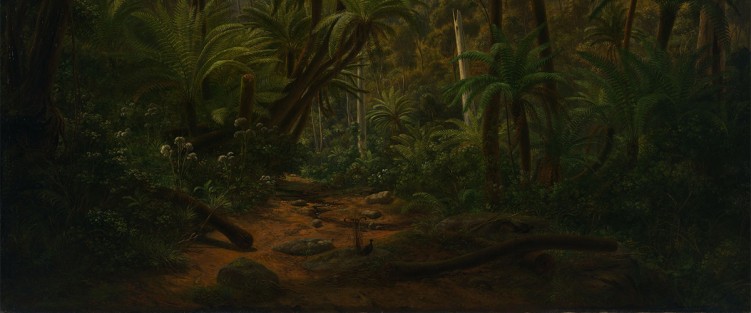 As a venue, Toronto’s Heliconian Club sets a charming tone for an afternoon concert. On February 2 at 3pm, the intimate space was dimly lit, with a screen projecting the images of three types of birds, in preparation for “Where Song Began,” a chamber music project by violinist Simone Slattery and cellist Anthony Albrecht based on the theme of Australia’s songbirds.
As a venue, Toronto’s Heliconian Club sets a charming tone for an afternoon concert. On February 2 at 3pm, the intimate space was dimly lit, with a screen projecting the images of three types of birds, in preparation for “Where Song Began,” a chamber music project by violinist Simone Slattery and cellist Anthony Albrecht based on the theme of Australia’s songbirds.

